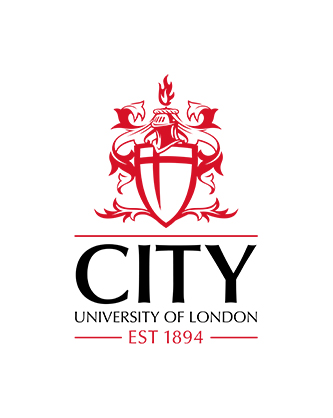Inverse Machine Learning for the Design of Perforated Beams: Parent Section and Material Prediction
Sarfarazi, S., Shamass, R., Rabi, M. , Abarkan, I., Ferreira, F. P. V. & Tsavdaridis, K.  ORCID: 0000-0001-8349-3979 (2026).
Inverse Machine Learning for the Design of Perforated Beams: Parent Section and Material Prediction.
Engineering Applications of Artificial Intelligence, 164(Part A),
article number 113275.
doi: 10.1016/j.engappai.2025.113275
ORCID: 0000-0001-8349-3979 (2026).
Inverse Machine Learning for the Design of Perforated Beams: Parent Section and Material Prediction.
Engineering Applications of Artificial Intelligence, 164(Part A),
article number 113275.
doi: 10.1016/j.engappai.2025.113275
Abstract
This study introduces a novel machine learning-based inverse design methodology for predicting the parent cross-sectional and material properties of perforated steel beams with elliptically-based openings. Unlike conventional forward design or optimization-based methods, the proposed ap-proach frames structural design as an inverse problem. It enables the direct mapping of opening ge-ometry and resistance parameters to essential properties such as section depth, flange width, web thickness, flange thickness, and yield strength. Five advanced supervised machine learning mod-els— Histogram-Based Gradient Boosting, Random Forest, Extreme Gradient Boosting, k-Nearest Neighbours, and Support Vector Regression—were trained on a dataset generated through forward structural analysis. This methodology develops non-iterative surrogate models that enhance the gen-eralizability and accessibility of the structural design process. The models demonstrated excellent predictive performance, with coefficient of determination (R²) values exceeding 0.99 for most out-puts. Shapley Additive Explanations (SHAP) analysis identified web-post buckling resistance and section height as the most influential input features, with other variables contributing depending on the output. The proposed inverse learning framework was also benchmarked against an analytical design model to assess accuracy and consistency. To support practical implementation, a user-friendly web tool was developed, allowing engineers and researchers to access instant prediction. Overall, this research offers an efficient and explainable data-driven solution for structural design, demonstrating the practical value of artificial intelligence in engineering applications.
| Publication Type: | Article |
|---|---|
| Additional Information: | © 2025. This manuscript version is made available under the CC-BY-NC-ND 4.0 license https://creativecommons.org/licenses/by-nc-nd/4.0/ |
| Publisher Keywords: | Inverse Structural Design; Explainable Artificial Intelligence; Surrogate Modelling; Structural De-sign Automation; Perforated Steel Beams |
| Subjects: | Q Science > QA Mathematics > QA75 Electronic computers. Computer science T Technology > TA Engineering (General). Civil engineering (General) T Technology > TH Building construction |
| Departments: | School of Science & Technology School of Science & Technology > Department of Engineering |
| SWORD Depositor: |
This document is not freely accessible until 22 November 2026 due to copyright restrictions.
Available under License Creative Commons Attribution Non-commercial No Derivatives.
To request a copy, please use the button below.
Request a copyExport
Downloads
Downloads per month over past year


 Metadata
Metadata Metadata
Metadata